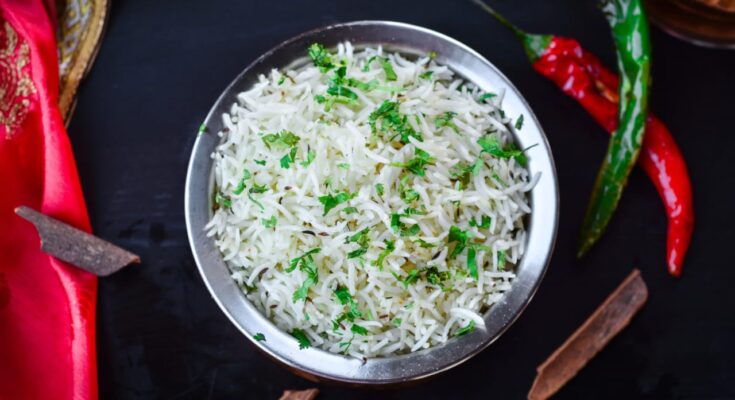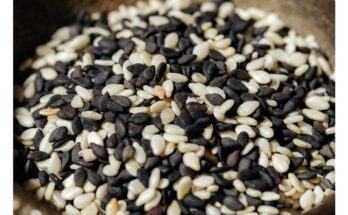In a country like India, where rice is a staple for nearly two-thirds of the population, making it more nutritious can be a powerful step toward better health. That’s exactly what rice fortification aims to do—adding essential vitamins and minerals to the rice we already eat every day.
And the best part? It doesn’t change the taste, texture, or how we cook it.
Why Fortify Rice?
Rice is polished and milled before it reaches our kitchens. While this improves appearance and shelf life, it strips away vital nutrients such as iron, folic acid, and B-complex vitamins. Fortification allows us to reintroduce those nutrients during the post-harvest phase—making rice more nutritious without changing how it’s used.
It’s a simple, cost-effective intervention that can help fight micronutrient malnutrition, especially in vulnerable groups.
Rice Fortification in India: The Potential is Huge
- India is the second-largest rice producer globally (after China), ahead of countries like Indonesia and Bangladesh.
- Between 2005–06 and 2016–17, India’s rice production grew steadily at a 1.43% CAGR, according to the Department of Agriculture, Cooperation and Farmers Welfare.
- Rice is deeply woven into our diets and culture, making it the ideal vehicle for nutrient delivery—especially for low-income and at-risk populations.
With over 65% of Indians relying on rice as a staple, rice fortification could be one of the most impactful food fortification strategies in the country.
Reaching the Most Vulnerable Through Government Schemes
One of the major advantages of rice fortification in India is its integration into government-run food safety net programs such as:
- The Public Distribution System (PDS)
- Mid-Day Meal schemes
- Integrated Child Development Services (ICDS)
Here’s how it works:
The Food and Civil Supplies Department in each state partners with local rice millers across districts. These millers supply fortified rice to the Food Corporation of India (FCI), which is then distributed to low-income families and children through these schemes.
This targeted delivery ensures that the most vulnerable populations—including children, pregnant women, and the poor—receive better nutrition, right through their daily meals.
Cost and Feasibility
The cost of rice fortification depends on several factors such as:
- The structure and scale of the rice milling industry
- The policy and regulatory framework
- Logistics and supply chain capacity
- Size and scope of the fortification program
Despite these variables, fortified rice remains one of the most cost-effective interventions, especially when integrated into existing systems like the PDS.
Conclusion
Rice fortification isn’t about changing what people eat—it’s about improving the quality of what they already consume. With its wide reach, cultural acceptance, and nutritional impact, fortified rice has the potential to close significant nutrient gaps across India.
By making small changes at the production level, we can deliver big benefits for millions of people—especially those who need it most.




